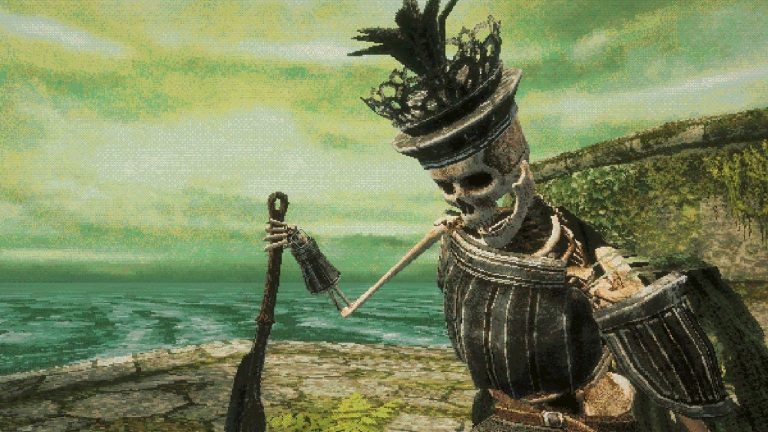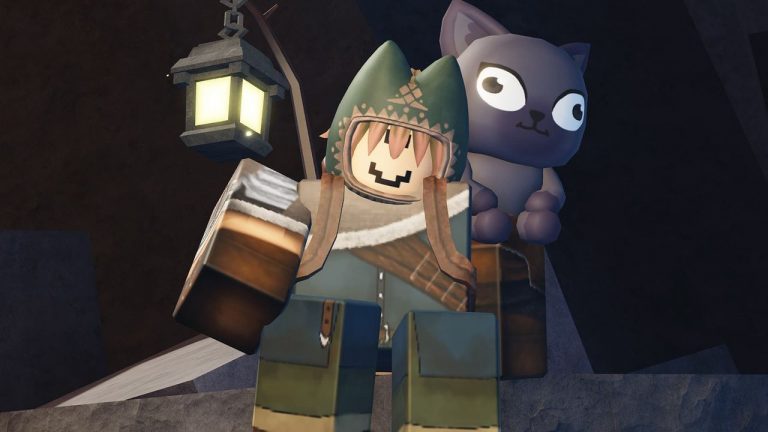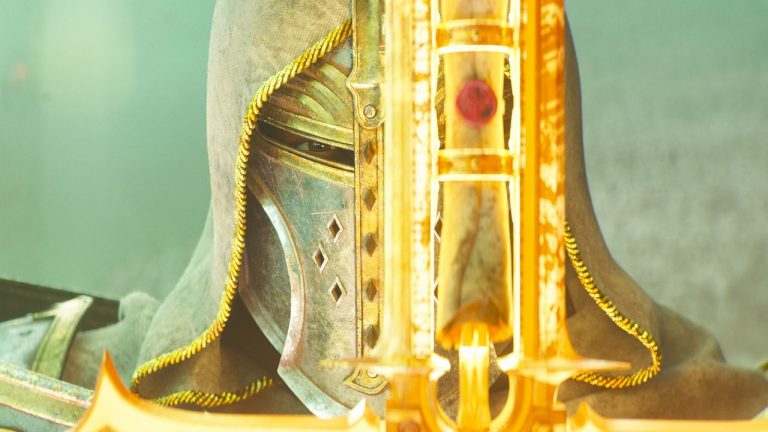Forges of Corruption’s gothic industrial environments are dripping in the same grimdark atmosphere from the base game, but more focused, honed—the descent into the heart of Graia’s beating daemonic forge-heart is easily the apex of Boltgun’s crunchy pixel presentation. The Dark Mechanicum is some of the coolest stuff in the Warhammer universe, and while Forges of Corruption doesn’t reach the stomach-churning heights of the Xana II Incursion from the old Horus Heresy books, it’s still a fantastic take on the subject. Outside of a few moments where the forge does become truly hellish, the daemonic heavy industry of the Chaos Gods is not altogether very different from the meat grinding slavery employed by the Imperium of Man, and Forges of Corruption’s new environments really succeed in conveying that dualism.
There are two new weapons on offer in Forges of Corruption, and both are top shelf. The rocket launcher is best in show, with massive direct damage and a gigantic area of effect, dispensing hot death with an always satisfying “thwunk” sound. Its super-heavy cousin, the Multi-Melta, blasts out huge columns of boiling hot gas that rend flesh and armor. I’d love to see the new enemies and weapons ported back into the original campaign at some point, because the difference between firing the melta-gun and the multi-melta is as stark as the difference between Doom’s shotgun and super shotgun.
It’s good that these are the highlights of Boltgun’s already stellar arsenal, because you’ll be heavily leaning on their overwhelming firepower. Forges of Corruption pulls no punches. It’s noticeably more difficult than the base campaign, owing in large part to some thoughtful and flavourful additions to the enemy roster.
The heavily armored lightning claw-wielding terminators will teleport in and charge at you before launching into barrages of shredding jabs and uppercuts, often covered by the bombardments of rocket launching havocs. The star nasty here is the Hellbrute, a giant robot piloted by an insane Chaos Space Marine hewn into the chassis of a Dreadnought. These things dominate the arena whenever they show up, and if given half a chance will turn you into a fine mist in seconds.
These are my favorite enemies in the game now, in large part due to how Auroch Digital ported over a facsimile of the Hellbrute’s third edition tabletop rules, where they would randomly attack their allies if their controlling player rolled a 1 (which meant that this happened all the time). The Hellbrute is a prime candidate for triggering enemy infighting, and I found pitting it up against the lumbering Greater Daemons like the pox-strewn Great Unclean One or the fireball slinging Lord of Change to be crucial for eking out a bit of breathing room.
I was struck by how much the levels reminded me of really great Warhammer 40,000 tabletop boards, with Necromunda-esque verticality and density. One highlight early on is a level themed around scaling patchwork scaffolding erected around the arm of a Warlord titan, where you have to activate its god-killing weaponry to punch a hole through the factory’s bulwark. It’s a fantastic setpiece, with serpentine scaffolding and ambushes around every corner, and it’s altogether a very Warhammer 40K way to approach the bog standard FPS convention of “press a button to open a door.”
(Image credit: Auroch Digital)
(Image credit: Auroch Digital)
(Image credit: Auroch Digital)
(Image credit: Auroch Digital)
(Image credit: Auroch Digital)
(Image credit: Auroch Digital)
(Image credit: Auroch Digital)
(Image credit: Auroch Digital)
(Image credit: Auroch Digital)
(Image credit: Auroch Digital)
(Image credit: Auroch Digital)
It’s not all purity seals, though, finishing with a climax that’s ultimately more annoying than epic, swarms of high toughness enemies bearing down on you from all sides in an arena bereft of cover. The level of firepower being thrown at you here is enough to make an Iron Warrior blush, and your only real respite is traipsing across some narrow catwalks where most of the ammo pickups you need to carefully ration throughout the duration of the battle are located. It’s a brutal slog of a fight that saw me resorting to posting up in a corner and slowly chipping away at massive daemonic health bars with the more humble weapons of a Space Marine’s arsenal.
For an expansion that does nothing but lean into already established strengths, it’s a disappointing off note to end on.
Otherwise Forges of Corruption is short, tight, and heavy, a fantastic addendum to an already excellent FPS. Auroch has meaningfully iterated on what was already one of the best 40K games, and I hope that it makes more expansions for Boltgun. I’d love to see Auroch take a momentary leave from the 41st millennium for their next go around the Eye of Terror—my secondary heart yearns for Istvaan, and I’d love to stomp loyalists (or traitors) at either one of the Drop Site Massacres.












